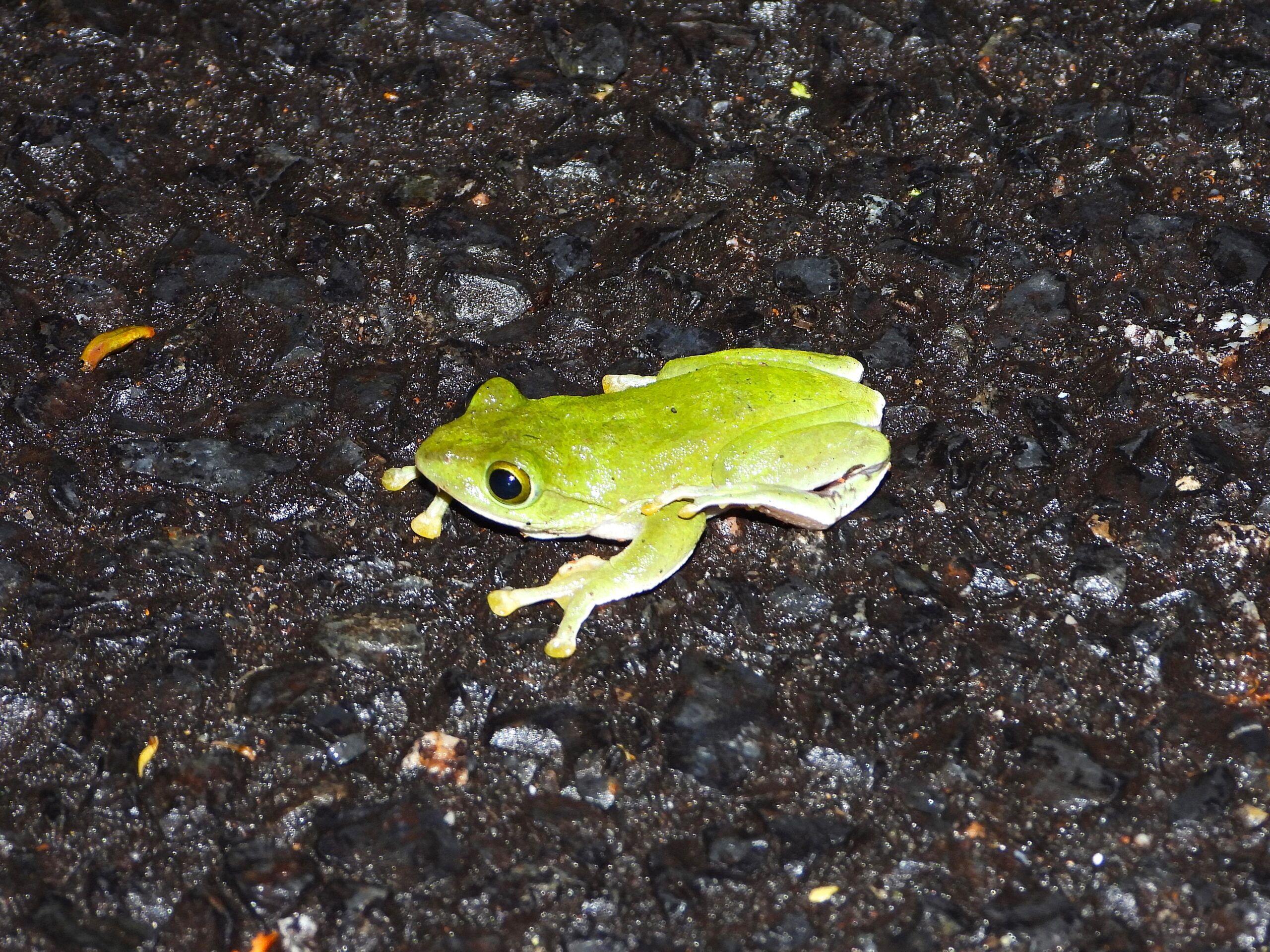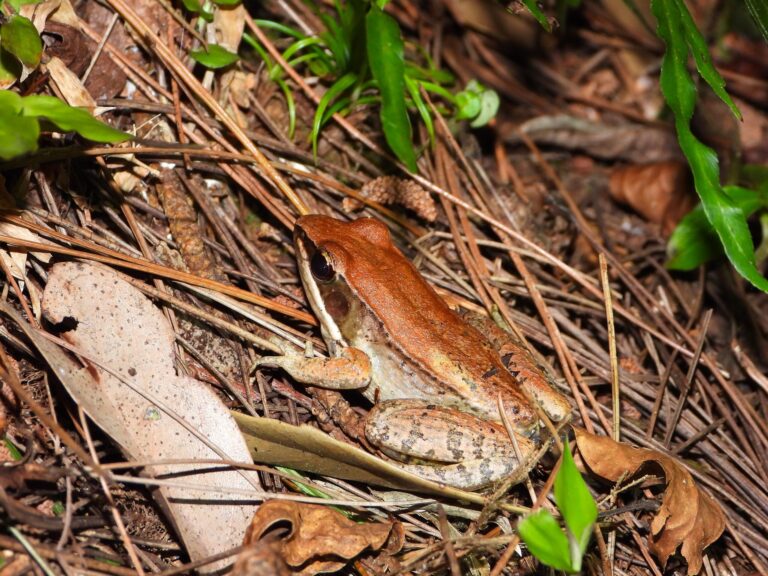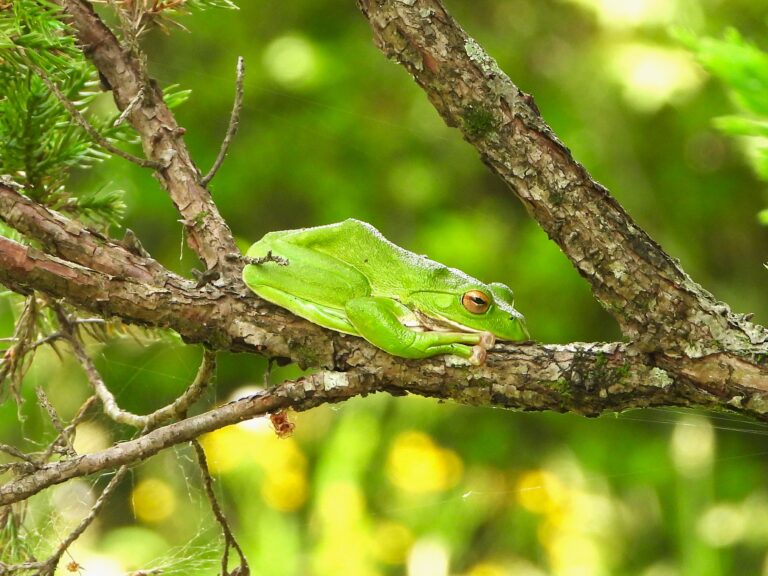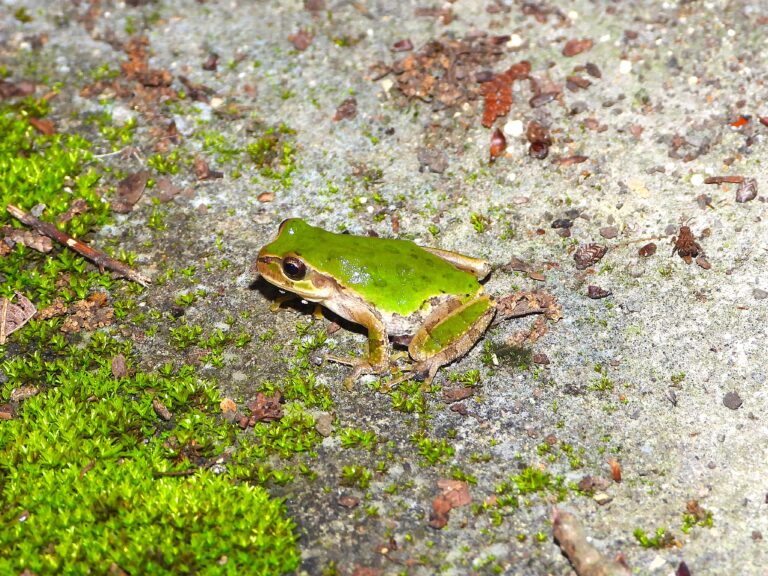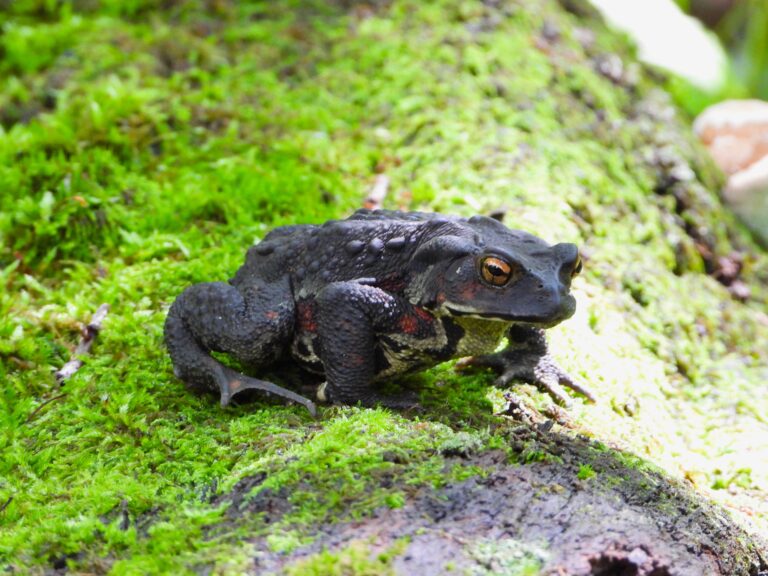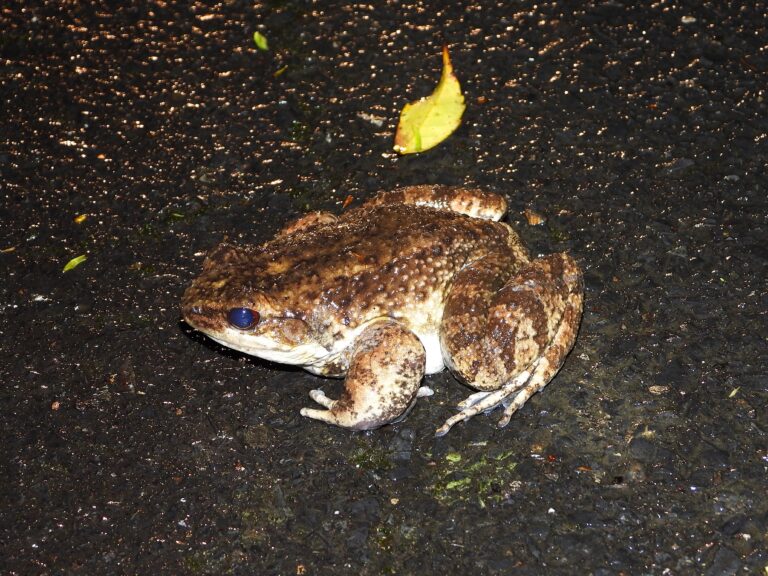Amami Green Tree Frog (Zhangixalus amamiensis) – Wildlife of Japan
Introduction
The Amami Green Tree Frog (Zhangixalus amamiensis) is a species of tree frog endemic to the Amami Islands in southern Japan. It belongs to the family Rhacophoridae. The species was originally described by Inger in 1947 and was once treated as a subspecies of Zhangixalus viridis. It is now recognized as a distinct species.
Appearance
This frog has a smooth green dorsal surface and large adhesive toe pads, typical of the genus Zhangixalus. The ventral side is lighter in color. Adults are medium-sized compared to other Japanese tree frogs.
Habitat & Distribution
Zhangixalus amamiensis is found only in the Amami Islands of Kagoshima Prefecture—specifically on Amami Ōshima, Kakeromajima, Ukejima, Yorojima, and Tokunoshima. It inhabits forested areas and wetlands near lowland streams and rice paddies.
Behavior
The species is nocturnal. Males call during the breeding season, though detailed acoustic characteristics have not been described in scientific literature. Activity increases on humid or rainy nights.
Diet
Specific dietary studies are not available, but like other rhacophorid frogs, it likely preys on small invertebrates.
Reproduction
Breeding occurs in freshwater environments such as ponds, wetlands, and rice paddies. Tadpoles develop in these aquatic habitats. Detailed information on its egg-laying behavior remains limited.
Conservation
According to the IUCN Red List, Zhangixalus amamiensis is listed as “Least Concern.” The species occurs across multiple islands, including within protected areas. However, continued monitoring is recommended because habitat alteration on the Amami Islands may affect native amphibians.
Author’s Impression
I encountered the Amami Green Tree Frog on a rainy night in Amami Ōshima. Its size was larger than I had expected. Although it is an arboreal species, searching along forest roads after rain often leads to good encounters.

